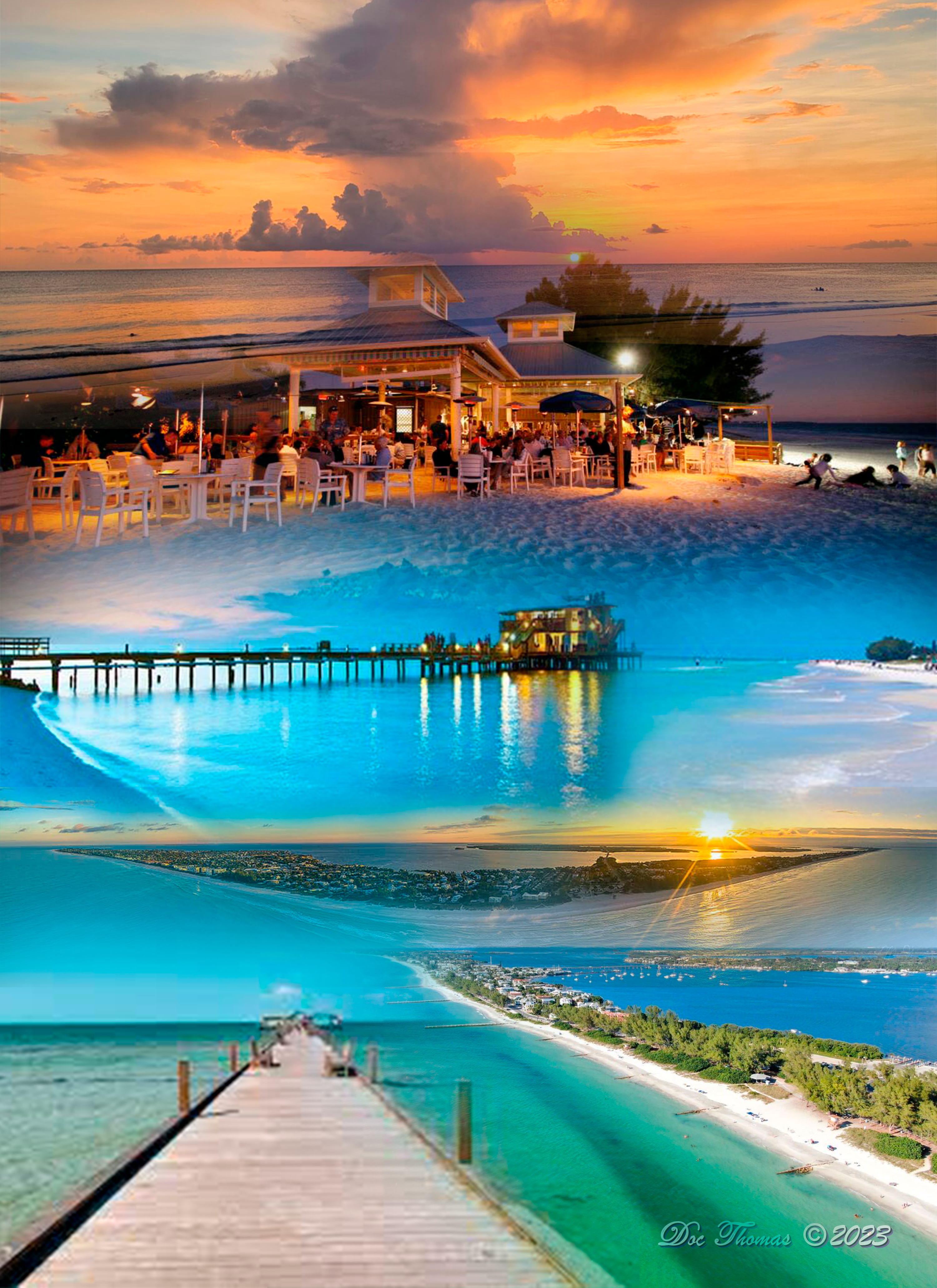A Cultural Gem in Bolivia

Introduction:
Nestled in the highlands of Bolivia on the South American continent, Oruro is a captivating destination that lures tourists with its rich history, vibrant culture, and breathtaking natural landscapes. This enchanting city, known for its colorful festivals, historical significance, and stunning architecture, offers a unique and immersive experience for travelers seeking an authentic Bolivian adventure.
Historical & Religious Significance:
Oruro is steeped in history, with its roots tracing back to pre-Columbian times. The city was once a significant mining center during the Spanish colonial era, and remnants of this heritage can still be seen today. The Church of San Francisco, a colonial-era masterpiece, stands as a testament to the city’s religious significance. Additionally, the Archaeological Museum showcases artifacts from the Tiwanaku and Inca civilizations, allowing visitors to explore the region’s ancient past.
Architecture & Landmarks:
Oruro is renowned for its stunning architecture, blending colonial and indigenous influences. The city’s historic center is adorned with beautifully preserved colonial buildings, showcasing intricate facades and ornate balconies. The Catedral Nuestra Señora de la Asunción, with its imposing towers and grand interior, is a must-visit landmark. The Clock Tower, a symbol of the city, stands tall in Plaza 10 de Febrero, offering panoramic views of the surrounding area.
Wildlife & Natural Splendor:
Nature lovers will be captivated by Oruro’s natural splendor. Surrounded by the Andean highlands, the city offers access to breathtaking landscapes and diverse ecosystems. The Sajama National Park, located nearby, is home to the majestic Sajama Volcano and a plethora of wildlife, including vicuñas, flamingos, and Andean condors. Visitors can also explore the stunning Uru Uru Lake, surrounded by marshes and wetlands teeming with birdlife.
Art, Education & Cultural:
Oruro is a hub of art, education, and cultural activities. The city is known for its vibrant folkloric traditions, which are showcased during the famous Oruro Carnival. The Museo Nacional de Etnografía y Folklore displays a rich collection of traditional costumes, masks, and musical instruments, providing insight into the region’s cultural heritage. The Universidad Técnica de Oruro, one of Bolivia’s oldest universities, contributes to the city’s intellectual and artistic scene.
Spirits and Gastronomy:
Oruro offers a taste of authentic Bolivian gastronomy and spirits. Visitors can savor local delicacies such as saice (a traditional stew), api (a corn-based beverage), and llajwa (a spicy salsa). The region is also famous for its production of singani, a distilled spirit made from grapes. Travelers can visit local distilleries to learn about the production process and sample this beloved Bolivian spirit.
Events, Festivals & Activities:
Oruro comes alive during its vibrant festivals and events. The Oruro Carnival, recognized by UNESCO as a Masterpiece of the Oral and Intangible Heritage of Humanity, is a spectacle of music, dance, and colorful costumes. The Diablada, a traditional dance representing the struggle between good and evil, is a highlight of the carnival. Visitors can also participate in activities such as hiking, mountain biking, and exploring the nearby Eduardo Avaroa Andean Fauna National Reserve.
Adventure & Exploration:
For adventurous souls, Oruro offers opportunities for exploration in its rugged landscapes. The nearby Tunari National Park boasts scenic hiking trails, waterfalls, and panoramic views of the Andean mountains. The Cerro Wayruru, a sacred mountain to the indigenous communities, invites visitors to embark on a challenging yet rewarding trek. Exploring the mines of Huanuni provides a unique insight into the region’s mining history and the lives of local miners.
Health, Wellness & Relaxation:
Oruro provides a tranquil escape for those seeking health, wellness, and relaxation. The region is blessed with natural hot springs, such as Capachos and Obrajes, where visitors can soak in mineral-rich waters and unwind amidst stunning mountain scenery. Additionally, the city’s parks and plazas offer serene spaces for leisurely strolls and peaceful moments of reflection.
Conclusion:
Oruro, with its rich historical heritage, stunning architecture, vibrant culture, and natural beauty, is a destination that enthralls tourists. Whether it’s immersing oneself in the colorful traditions of the Oruro Carnival, exploring ancient ruins, or indulging in the flavors of Bolivian cuisine, this city promises a memorable and authentic Bolivian experience. So pack your bags and embark on a journey to discover the cultural gem of Oruro.
Author Doc Thomas

